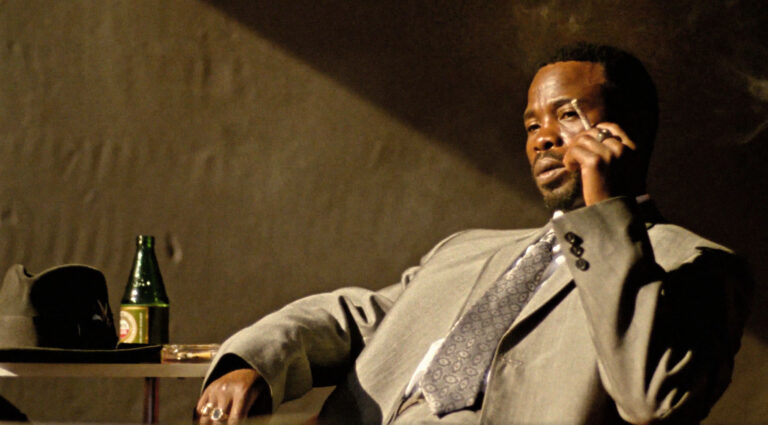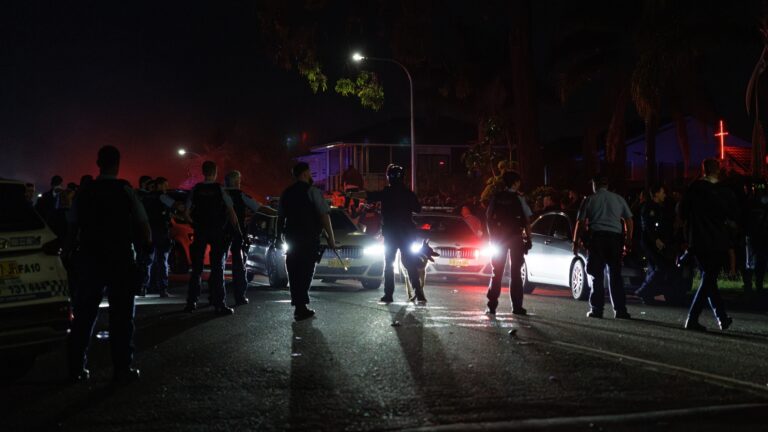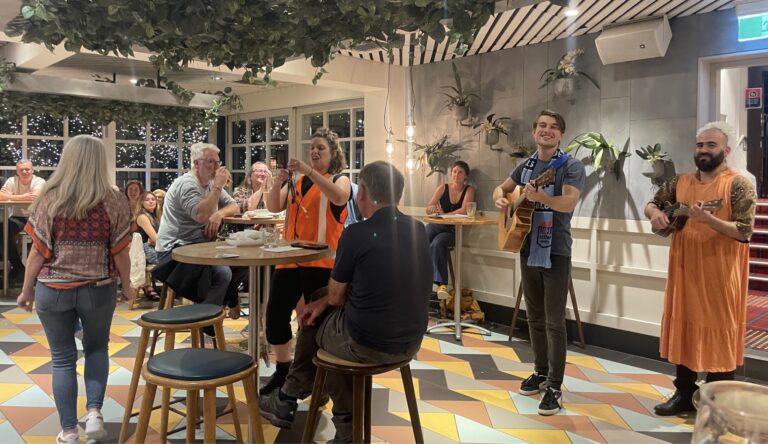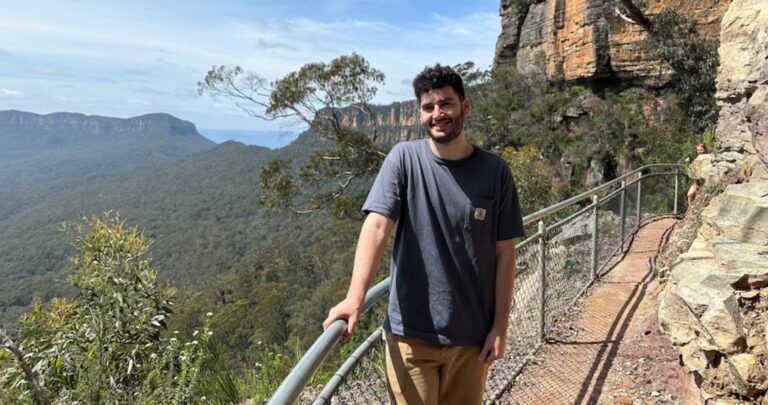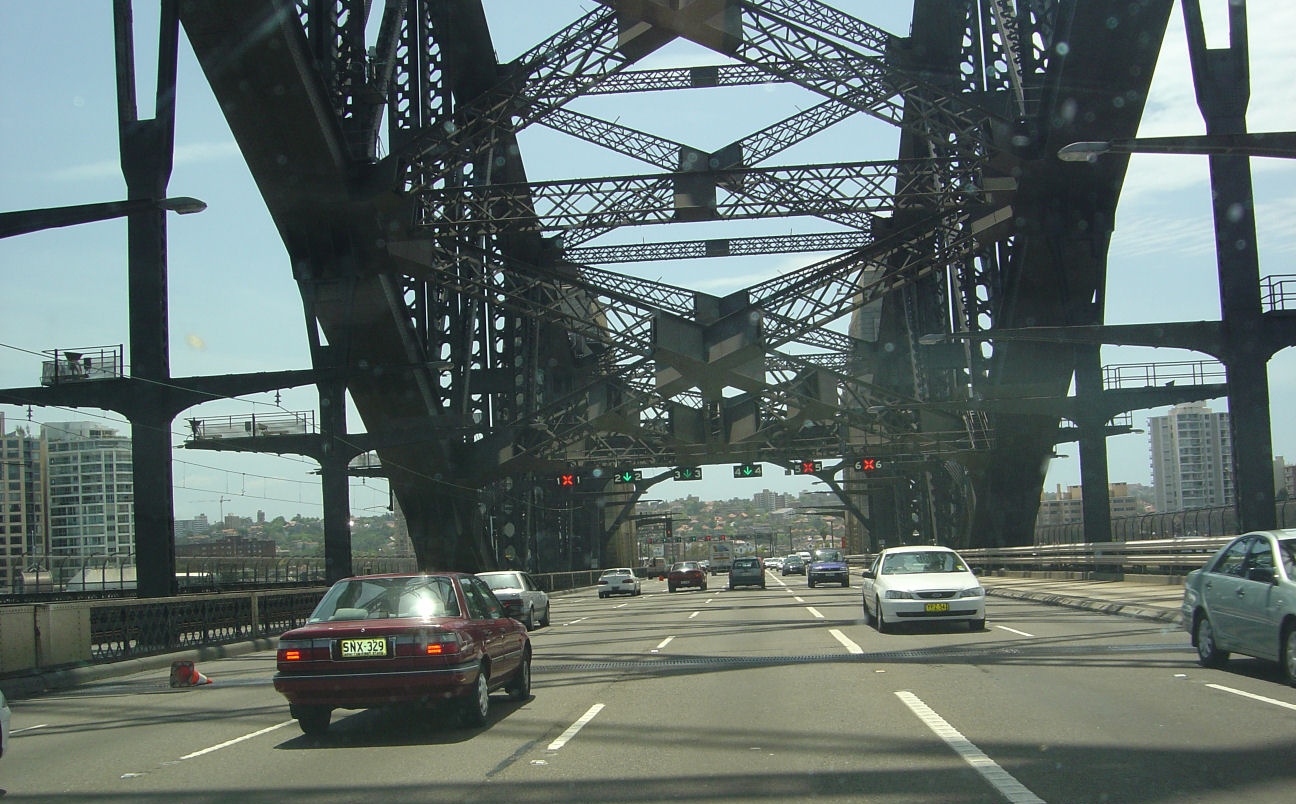
Artists take a stand against Parramatta Powerhouse

By ANTONIA MANGOS
Although the Powerhouses’s Ultimo location has been saved, the NSW Government’s decision to press ahead with the construction of a second Powerhouse museum in western Sydney has sparked a public outcry.
After months of deliberation from the government, a second Powerhouse museum is set to make its mark in Parramatta on the site of existing historic buildings. The decision has left local artists and members of the community scratching their heads.
The plan to demolish the original Powerhouse Museum in Ultimo and relocate to Parramatta had been in place by the State Government since February 2015 before a last minute U-turn on the plan was announced in July this year. Now, NSW will have two museums, and the Parramatta precinct, which is yet to begin construction, has caused contention due to the historical importance of the location.
The two buildings, Willow Grove and St George’s Terrace are examples of Parramatta’s rich history and community roots dating back to the 1870s. Willow Grove served as a private two-storey villa and subsequently as a maternity hospital while St George’s Terrace is a prime example of Victorian Italianate architecture, according to local artists.
Saving heritage through art
These local artists are the Guerilla Gallery who have collaborated with the Craze Collective, The Knitters of MAAS Decoration as well as Global Gardens to protest the state government’s decision. William Stolk, from the Guerilla Gallery, spoke to City Hub about their project.
“The fundamental idea of the St George’s Terrace Gallery was to bring together local artists who are passionate advocates for preserving the history of Parramatta and communicate with Create NSW in language they should understand,” Stolk said.
“To have such talented people come together with support from companies such as Global Gardens is both a testament to the cause and to the fervour of the community in fighting to preserve our history.”
The construction and planning processes surrounding the Parramatta Powerhouse have been met with much public scrutiny. In a move which has left the Guerilla Gallery activists furious, The Sydney Morning Herald revealed in September that the preventions for redevelopment over the two sites were quietly removed last year to make way for the government’s plan.
On top of this, Stolk reported that protest art created by the Guerilla Gallery and other local artists was removed prior to a site tour conducted by the NSW Government. The tour marked a pivotal role in determining the fate of the buildings for demolition.
“It’s unfortunate that our perspectives were figuratively and literally erased. This move by the powers effectively censored a community sentiment… It’s quite frustrating that our voices are being stifled, because we strongly believe that art is for the people and we do this to encourage conversation about subjects that should be openly discussed by the people it impacts most.”
Union opposition
The Guerilla Gallery and other artists have not been the only ones who are pushing back against the development. The Construction, Forestry, Maritime, Mining and Energy Union (CFMMEU) has also placed a green ban on the buildings that effectively means union workers are barred from participating in the demolition.
According to The Guardian, the State Government said the construction of the museum will create more than 1,100 construction jobs, 2,400 indirect jobs, and employ hundreds more people once opened as well as attract around two million more tourists to the city of Parramatta. It is also set to bring modern cultural facilities to the city’s “melting pot” and to Western Sydney as a whole.
The President of the Museum’s Trust, Barney Glover said that the museum will provide extraordinary benefits for the communities of Greater Sydney and NSW.
“The Museum will contribute to the expansion of the visitor and night-time economies of Parramatta while also being a place that importantly reflects the cultural diversity of Sydney.”
Shifting foundations
In response to the outcries of the construction union, members of the public and local artists, the Berejiklian government announced a plan to “save” the much loved buildings. Arts Minister Don Harwin announced on October 8 that there are plans for the Willow Grove building to be dismantled piece by piece and relocated to North Parramatta whilst St George’s terraces will be preserved.
Mr Harwin also went on to comment that “With this decision we will deliver vastly improved access to Willow Grove on a better site and Western Sydney gets its long awaited and much deserved first cultural institution.”
However, the controversial decision to dismantle the building has not been received well by everyone.
“The government missed the mark in addressing community needs. The government are representatives of their respective communities, and to disregard the opinions and needs of the people that they serve is a misstep to say the least,” Stolk said on the decision.
“This fight is not only for the buildings themselves but for the location as a “place”, the beautiful trees and garden that surround it make up the entirety of the establishment.”
In response to construction deliberations, in October Infrastructure NSW revealed an array of changes to the museum’s design. These include screens that will block the public from accessing the area, except during special events managed by the Powerhouse.
Meanwhile a business case is being prepared to present to the government later this year but the Guerilla Gallery are not ready to back down.
“We feel that we are being censored by those in power. We are open to working further with the NSW government and the public to reach a resolution that benefits all perspectives.”
